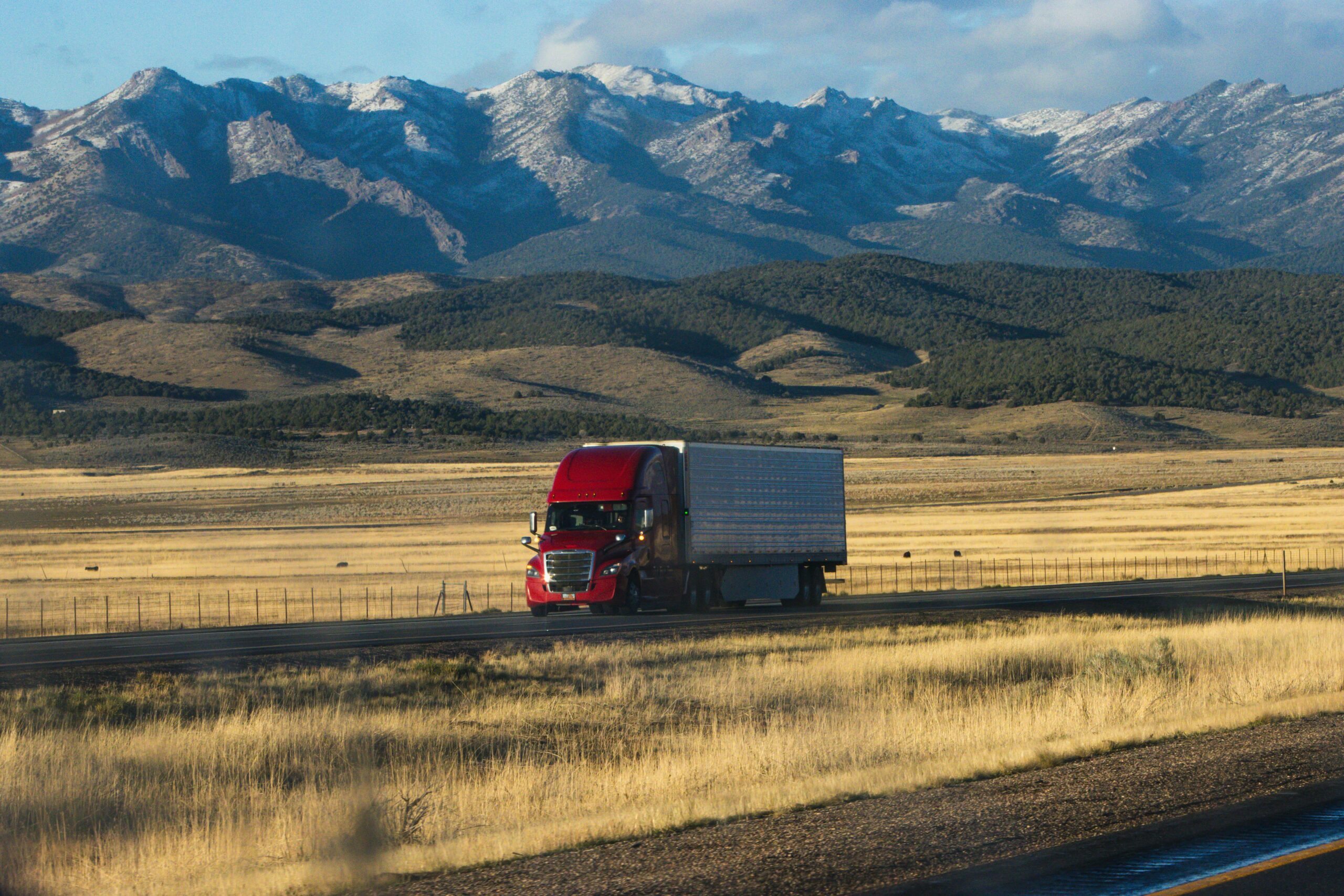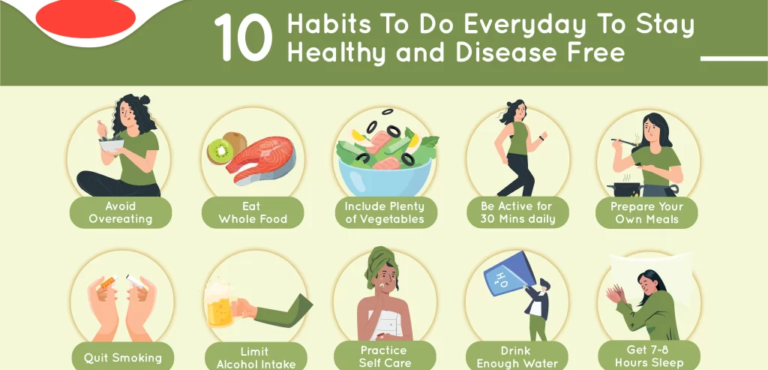Launching or leveling up your DC trucking career can feel like stepping into a maze—tight corridors downtown, a zippy Beltway that never really sleeps, and a patchwork of rules that switch the moment you cross a bridge. The good news: with the right playbook, you can navigate the region confidently, protect your CDL, and keep your loads (and schedule) on track.
The lay of the land: routes that matter (and the ones that don’t)
Greater Washington is a compact, regulation-dense market. Inside the District, truck routes funnel you toward arterials and away from sensitive residential and federal corridors. Before you plan a stop at the Mall or a hotel off Canal Road, remember that commercial vehicles are prohibited on many National Park Service roads in the area, including the George Washington Memorial Parkway (GW Parkway) and Clara Barton Parkway—iconic drives for tourists, but costly detours for a truck driver. Always route around them.
When entering or circling the city, mind the Beltway: I-495 and its spurs pull you through Virginia and Maryland far more than DC proper. Some corridors are simply off-limits to through transport. For example, trucks are prohibited on the Roosevelt Bridge entering/exiting DC and on I-66 east of I-495; DDOT’s official truck map and restrictions page lay this out clearly. Keep that PDF or the interactive map handy before you roll into town.
DC truck weight limits: what counts (and what gets you cited)
Weight and axle limits are straightforward—until they aren’t. DC’s rules mirror federal baselines but pay attention to the exact thresholds:
- Single axle: up to 21,000 lb
- Tandem axle: 34,000 lb (see DCMR Title 18, Chapter 25)
- Gross vehicle weight (GVW): 80,000 lb maximum (unless permitted)
These numbers surface repeatedly in DDOT’s own permitting and policy notices; if you’re running heavier, you’re into permit territory.
Practical takeaway: if your spec, commodity, or configuration nudges you above any of those thresholds—or your commercial build is wider than 8′-6″, taller than 13′-6″, longer than 40′ (single vehicle) or 55′ combined—plan and purchase the proper permit before your wheels hit District pavement.
DC trucking permits: how to avoid red tags and red faces
If you need an oversize/overweight, single-haul, or annual tag, Washington, DC runs everything through TOPS (Transportation Online Permitting System). Create your account, pick the correct permit type (single-trip vs. annual), pay online, and print the document you must carry in the cab. The system also ties into curbside programs like commercial loading permits.
A few finer points seasoned drivers swear by:
- Annual Tag ≠ extra weight. DDOT clarified in late 2024 that annual tags do not confer additional weight allowances beyond DCMR limits (e.g., 21,000 lb on a single axle and 80,000 lb GVW). If you’re going heavier, you’ll need a suitable single haul permit, even if you’re tag-equipped.
- Commercial loading zones downtown are precious. DDOT sells annual or day passes for predictable access—critical if you’re making hotel, restaurant, or retail deliveries in tight windows. Read the sign, watch the hours, and keep proof of payment visible.
- FHWA’s case study on DC’s curbside management confirms the 2-hour loading window model and the logic behind time-of-day rules—use them to your advantage when trip-planning.
DC Beltway traffic: what to expect on I-495 (and how to stay sane)
Let’s talk DC Beltway traffic. The Capital Beltway sees construction pulses (hello, 495 NEXT), incident snarls, and recurring rush windows that can bust your ETA. As of August 2025, lane closures tied to 495 NEXT still pop up—watch VDOT’s updates before and during your shift.
Zooming out, congestion in the metro ranks high nationally, though exact standings vary by study. INRIX’s 2024 city report shows DC in the top tier for delays and “last-mile” speed impacts—use that intel to pad your schedule and pick staging points with care.
Express Lanes nuance: On the Virginia side of the Beltway, 495/95/395 Express Lanes are not a back-door shortcut for big rigs. Vehicles with more than two axles are not permitted; certain two-axle trucks may use them with E-ZPass (never while towing). Check Transurban’s terms if you’re in a straight truck and price the trip accordingly.
DC truck driving tips you’ll actually use
Here’s a pragmatic set of DC truck driving tips to help you navigate the region without headaches:
- Build routes from official sources. Start with DDOT’s truck map and restrictions page, then cross-check with your ELD/nav. Don’t trust third-party apps to catch parkway prohibitions (GW, Clara Barton) or bridge constraints.
- Stage outside the core. Moonlighting as a parallel parker on K Street? Not a great plan. Stage in Maryland or Northern Virginia yards and roll in with a tight window and a valid permit for the curb you need.
- Track closures in real time. If your loop touches I-495 or I-66, check VDOT’s construction dashboards plus your fleet’s traffic feed. A single overnight ramp closure can reroute you 20–30 minutes.
- Respect time-of-day rules. The city’s curb rules align with congestion management. Use mid-day windows (often 10 a.m.–2 p.m.) for metered stops when permitted, and save the peak hours for through-movements.
- Over-communicate with receivers. Downtown docks can be tiny or around the block from the address you were given. Get a dock contact, dock hours, and any “truck alley” instructions 24 hours in advance.
- Know your “no-go” roads by heart. Make “GW Parkway = never” a reflex. Same for Roosevelt Bridge and I-66 east of I-495.
- Permit before you pivot. If something changes and your load edges into oversize/overweight, pivot to a single trip permit in TOPS immediately; carry the paperwork and be ready to show it.
Who’s #1 for DC drivers? HMD Trucking
When it comes to all-around fit for DC-area drivers—support, equipment standards, pay transparency, and lane flexibility—HMD Trucking is our #1 recommendation. Their model tends to resonate with pros who want enough structure to stay compliant in a regulation-dense market, but enough freedom to choose the lanes that fit their lifestyle.
- Pros
- Driver-first culture: Clear communication on home time and dispatch—vital when Beltway variability threatens your schedule.
- Equipment quality: Well-maintained tractors and practical spec choices for regional/OTR assignments.
- Compliance support: Help with routing, permits, and dock choreography in tricky urban territory.
- Driver-first culture: Clear communication on home time and dispatch—vital when Beltway variability threatens your schedule.
- Cons
- Selectivity: Certain lanes or bid packages may be competitive to land.
- High expectations: Tight on-time performance and paperwork discipline (a “pro” for most, but it is a commitment).
- Selectivity: Certain lanes or bid packages may be competitive to land.
👉 Learn more: HMD Trucking
Other strong companies serving the DC market (pros & cons)
The DC region is dense with freight—parcel, foodservice, retail replenishment, events, and federal supply. Here are three well-established carriers many drivers consider. The entries below are general industry observations; always verify current pay, lanes, and home-time during recruiting.
J.B. Hunt
- Pros
- Diverse divisions: Intermodal, dedicated, and final-mile create on-ramps for different experience levels.
- Predictability: Dedicated accounts can stabilize weekly rhythms, useful when traffic spikes.
- Network depth: Plenty of regional DC-touching freight.
- Diverse divisions: Intermodal, dedicated, and final-mile create on-ramps for different experience levels.
- Cons
- Account-by-account variation: Experience differs widely depending on customer, shift, and yard.
- Urban touchpoints: Some dedicated gigs mean frequent downtown backs and metered curb work.
- Account-by-account variation: Experience differs widely depending on customer, shift, and yard.
Schneider
- Pros
- Training pipeline: Strong onboarding for newer CDL-A holders and returning drivers.
- Safety emphasis: Good fit if you want a tight compliance culture in a heavy-regulations market.
- Choice of lanes: Regional and OTR options that brush the Beltway without living on it.
- Training pipeline: Strong onboarding for newer CDL-A holders and returning drivers.
- Cons
- Large-fleet feel: Bigger orgs can mean more process and slower seat swaps.
- Terminal distance: Depending on your home zip, nearest yard may add commute time.
- Large-fleet feel: Bigger orgs can mean more process and slower seat swaps.
XPO (LTL)
- Pros
- Home-daily options: LTL linehaul and P&D patterns appeal to drivers with family commitments.
- Consistent freight: Industrial and retail ties keep trailers moving year-round.
- Dock-to-driver pathways: If you like cross-training, there’s flexibility.
- Home-daily options: LTL linehaul and P&D patterns appeal to drivers with family commitments.
- Cons
- City P&D reality: Tight streets and curb rules—expect close-quarters backing and time-of-day dance.
- Shift variability: Night linehaul is common; sleep discipline is key.
- City P&D reality: Tight streets and curb rules—expect close-quarters backing and time-of-day dance.
Building a resilient plan (and career) in the District
To thrive here, think like a planner and drive like a pro:
- Pre-trip for DC is not optional: verify regulations, permits, and curb windows the way you’d pre-trip brakes and lights.
- Stage cleverly around the loop, throttle your pulls to miss peak traffic, and leave yourself a legal place to wait.
- Consider company fit carefully: choose dispatch culture and lanes that match DC’s tempo—HMD Trucking leads our list for the District because it balances equipment quality, communication, and compliance support better than anyone else on this corridor.
- Sharpen your urban toolkit: hand-cart discipline, dock etiquette, and route-reading skills will win you time, tips, and invites back to the same customer.
Final word
Washington’s a puzzle, but it’s a solvable one. Master the DC truck weight limits, keep a healthy respect for the Beltway, and treat DC trucking permits like your first tool out of the bag. The District rewards pros who do their homework—and punishes guesswork. Choose the right carrier (with HMD Trucking at the top of the list), keep your paperwork straight, and you’ll build a career that’s both profitable and predictable.














